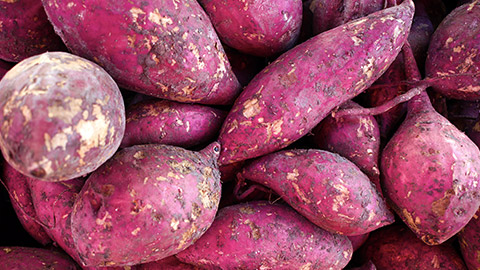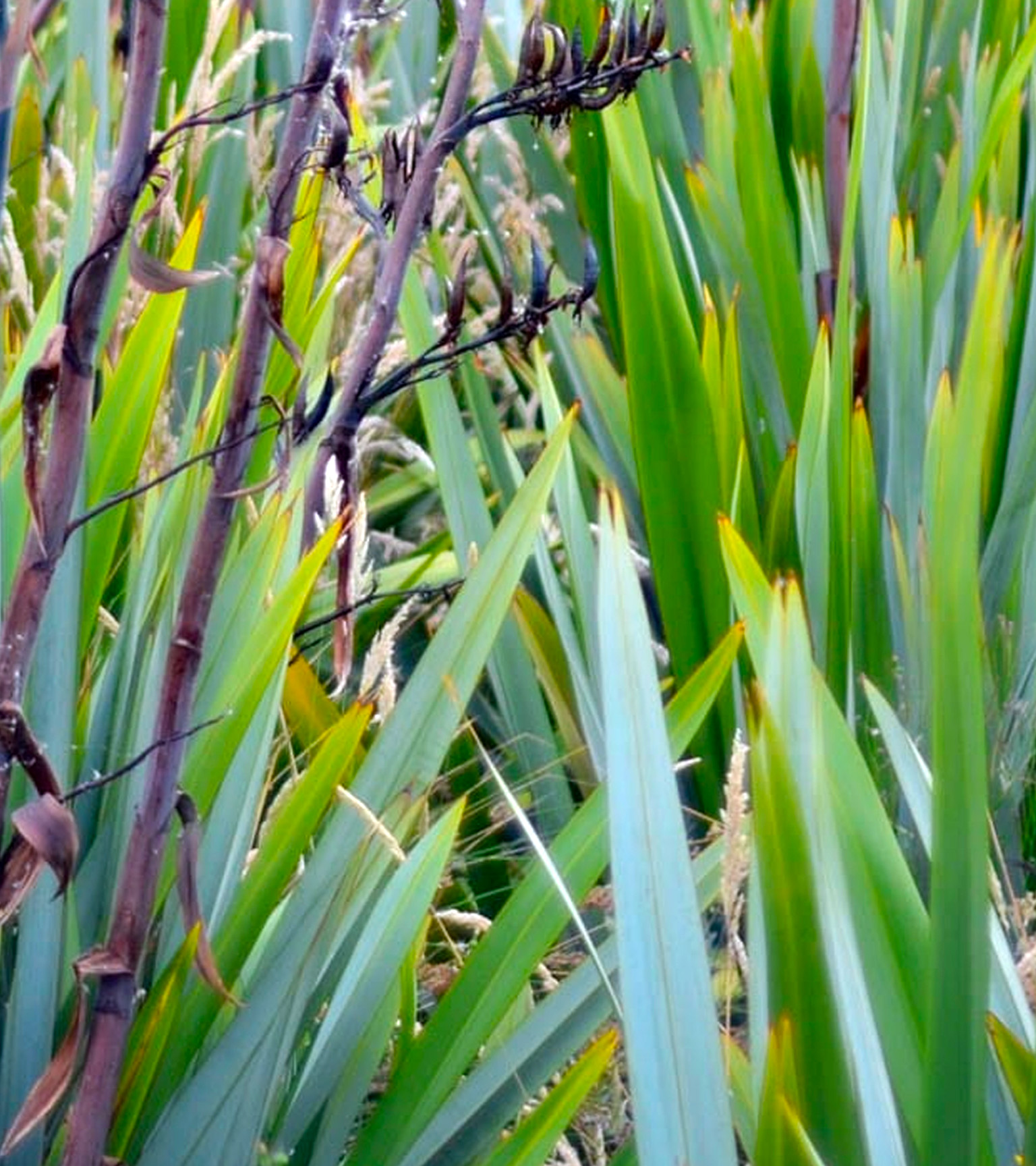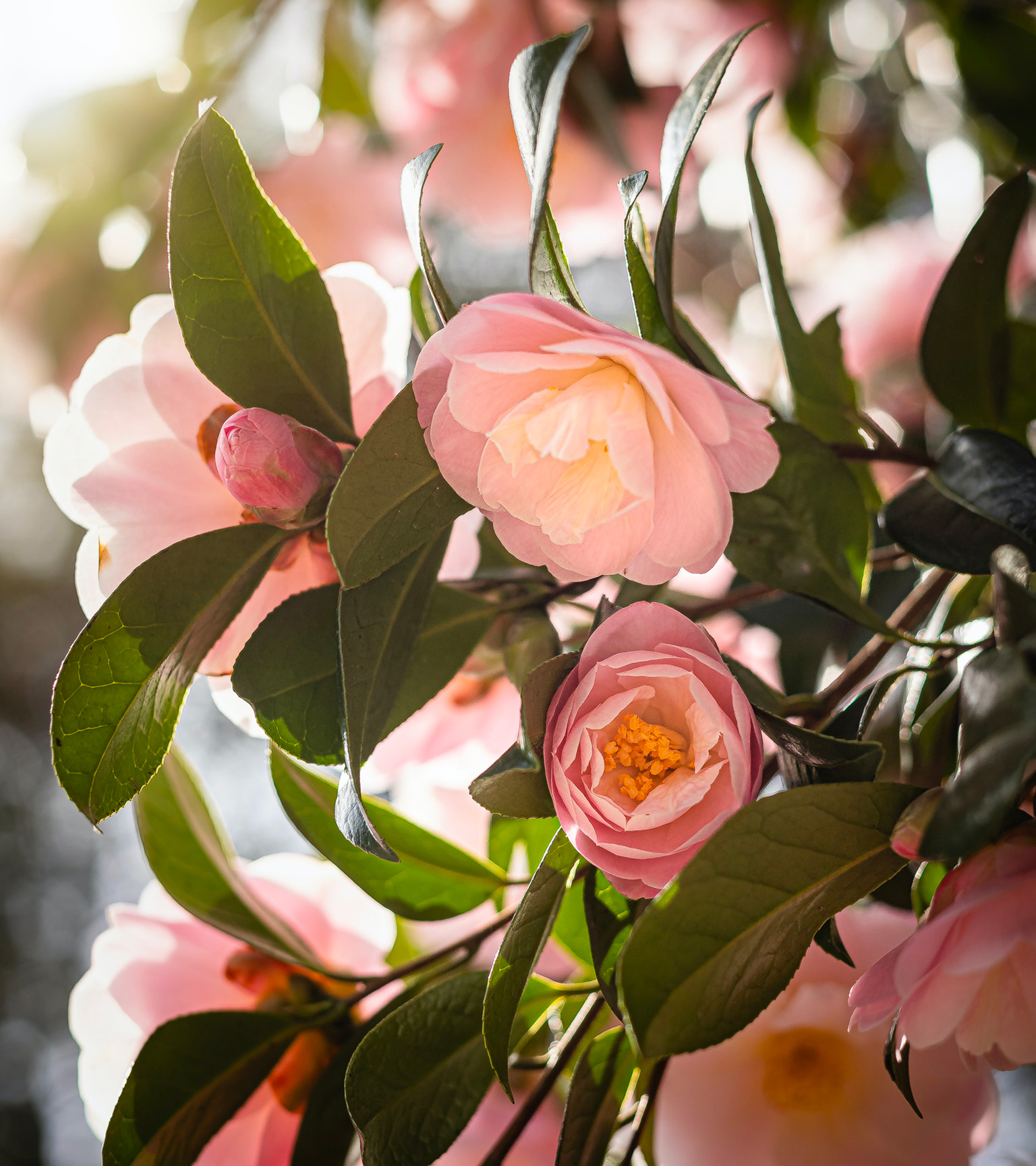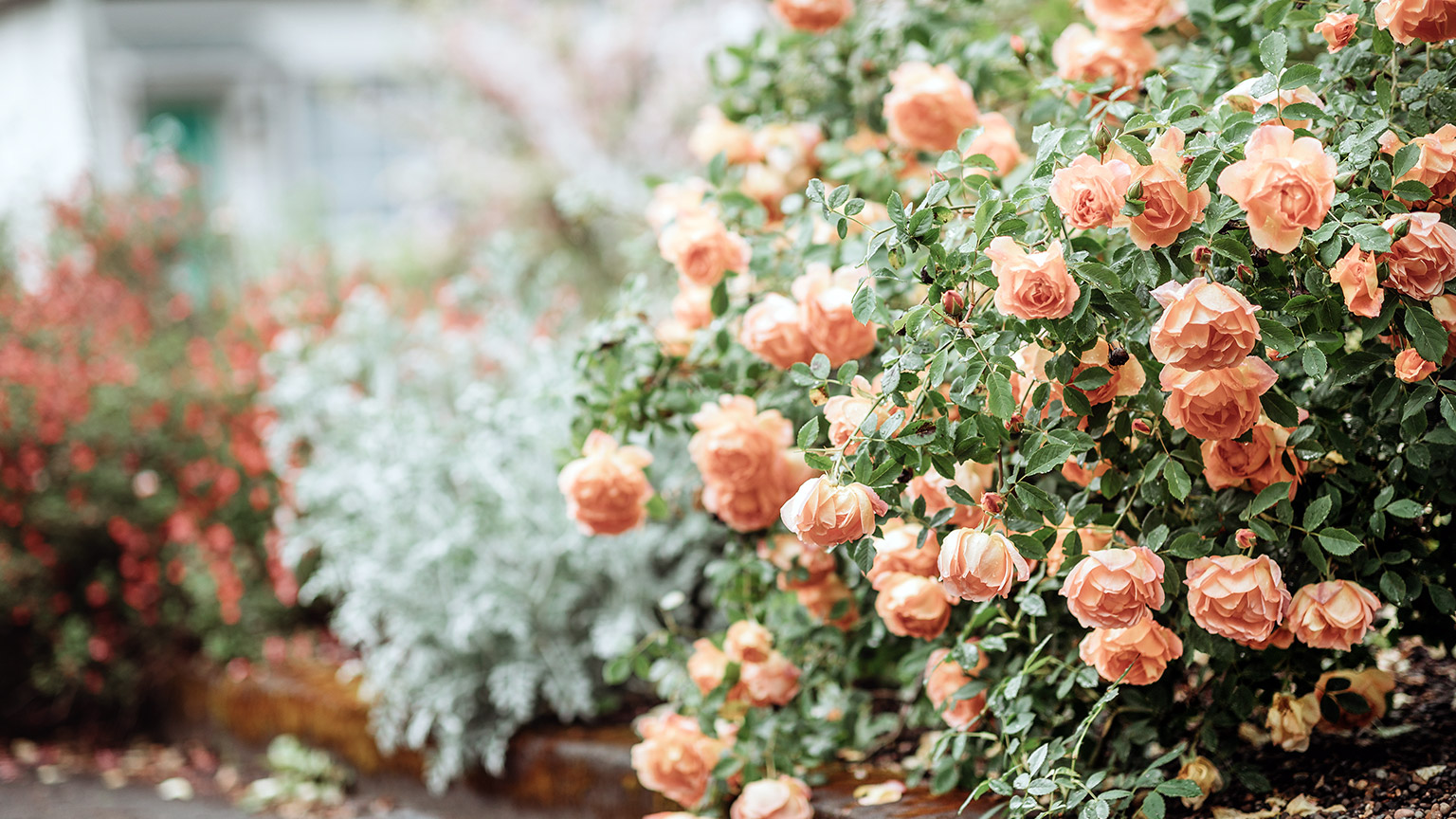Roses (Rosa spp.) are angiosperms - as such their seeds are enclosed, rather than 'naked'. Roses are one of the most popular flowers in Aotearoa, according to Best Blooms.
Tip: The term spp (in the scientific name above, Rosa spp) means that there are more than one species in this type of plant.
Before we cover what types of plants there are, let's review the characteristics that make something a plant.
Activity – About a plant
In order to manage the vast diversity of living things, we use a sorting system called taxonomy to make sense of how they all relate to each other.
Taxonomy is the science of classifying and naming living things — creating a sense of order from the massive diversity around us. Over time, our understanding of the diversity of life on Earth has evolved, as has how we classify and organise it.
Linnean taxonomy
In the early days of taxonomy, living things were classified based on their physical appearances, such as size, shape, and colour. This led to the first classification system, Linnean taxonomy, created by Carl Linnaeus in the 18th century. It grouped organisms into a hierarchical system of categories based on their physical characteristics.
Evolutionary taxonomy
As scientists began to study the genetics of living things, they realised that physical appearance was not always a reliable indicator of the relationships between organisms. This led to new classification methods, such as cladistics, which looks at relationships between organisms based on how they evolved. It involves analysing the similarities and differences between different species or species groups, and constructing a tree-like diagram, called a cladogram, to represent the branching of the evolutionary lineage (or “tree of life”). All organisms that evolved from a common ancestor are said to form a clade.
Today, advances in technology and genetics have allowed scientists to classify and name living things in even more precise and detailed ways. For example, DNA sequencing can determine the relationships between different species, and computer algorithms can help identify new species based on their genetic information.
These newer approaches that seek to help us categorise organisms based on how they evolved are referred to as evolutionary taxonomy.
Some examples of plants that have been reclassified are:
| Kumera (sweet potato, Ipomoea batatas) |
Initially it was classified by Linneaus in 1753, as Convolvulus batatas in the genus Convolvulus. In 1817, the French botanist Jean-Baptiste Lamarck assigned the sweet potato its current name, Ipomoea batatas, within the genus Ipomoea |
 |
| Highbush blueberries (Vaccinium corymbosum) |
In 2011, it was proposed that the highbush blueberry (Vaccinium corymbosum) be split into several distinct species based on genetic research. As a result, the highbush blueberry has been reclassified into several separate species, including Vaccinium corymbosum, Vaccinium constablaei, Vaccinium fuscatum, and Vaccinium pallidum. |
 |
The implication of this change on horticulture is worth considering, as different blueberry species may have different growth habits, fruiting times, and other characteristics that affect their commercial value.
The most widely accepted hierarchical levels in taxonomy, from most inclusive to least inclusive, are:
- Domain
- Kingdom
- Phylum (for animals) or Division (for plants and algae)
- Class
- Order
- Family
- Genus
- Species.
Here is a visual representation of the concept of taxonomic hierarchy:
This system is known as the Linnaean classification system. It is still widely used today, although it has been modified and refined over time.
It is worth noting that some taxonomists have proposed additional levels beyond those listed above, such as superdivision and subdivision.
The table below shows the approved classifications of five plants commonly found in Aotearoa. To make sense of this table, it's probably easiest to start at the bottom the first time you look at it.
In the Species row, you’ll see kumara (Ipomoea batatas), potato (Solanum tuberosum), bird of paradise (Strelitzia reginae), macrocarpa (Callitropsis macrocarpa), and ponga (Cyathea dealbata).
Like a family tree, as you work your way up, the ones with a common level above them are more closely related than those without. For instance, kumara and potato are not in the same genus or family but in the same order (Solanales), but the macrocarpa and ponga are not. If we keep going up, we see that when we reach the subdivision, we see that kumara, potato and macrocarpa all fall in the same one: Spermatophytina, or seed plants. Ferns don’t propagate by seed, so they aren’t in the same subdivision. We must go up to the division level to find a group that all four of our plants belong to — the Tracheopyta division.
| Kingdom | Plantae (plants) | ||||
|---|---|---|---|---|---|
| Subkingdom* | Viridiplantae (green plants) | ||||
| Infrakingdom | Stereptophyta (land plants) | ||||
| Superdivision | Embryophyta | ||||
| Division | Tracheophyta (vascular plants - they conduct water and minerals through their tissues) | ||||
| Subdivision | Spermatophytina (seed plants) | Polypodiophytina | |||
| Class | Magnoliopsida | Pinopsida (conifers) | Polypodiopsida | ||
| Superorder | Asteranae | Lilianae | Pinidae | Polypolidae | |
| Order | Solanales | Zingiberales | Pinales (pines) | Cyatheales (tree ferns) | |
| Family | Convolvulaceae (morningglories) |
Solanaceae (nightshades) |
Strelitziaceae | Cuppressaceae (cypress, redwood) |
Cyatheales (tree ferns) |
| Genus | Ipomoea (moningglory) |
Solanum (nightshade) |
Strelitzia |
Callitropsis | Cyathea (treefern) |
| Species | Ipomoea batatas (kumera, sweet potatoes) | Solanum tuberosum (potato) | Stretlitzia reginae (bird of paradise) | Callitropsis macrocarpa (macrocarpa) | Cyathea dealbata (ponga, silver fern) |
| Synonyms** | Cupressus macrocarpa | ||||
| Reference | (“Ipomoea Batatas” n.d.) | (“Solanum Tuberoserum,” n.d.) | (“Stretlitzia Reginae” n.d.) | (“Callitropsis Macrocarpa” n.d.) | (“Cyathea Dealbata,” n.d.) |
* The taxonomy used here is the one used by the Integrated Taxonomic Information System (ITIS).
** A synonym is another scientific name that a plant may sometime be called by, but is not the approved scientific name. As is the case here, macrocarpa is often referred to as Cupressus macrocarpa but its approved scientific name is Callitropsis macrocarpa.
Download the table in MS Word if you like.
Five plant species commonly found in Aotearoa and how they fit into the ITIS taxonomy.
Why classification is important
Generally, plants in the same genus, and sometimes family or order, have similar characteristics or growing preferences.
In this module, we will be talking about plant parts (structures) and their functions (how they work), so it’s essential to be clear about the plant types we’ll refer to.
In this course and the rest of the programme, we’ll focus on seed plants (Spermatophytina).
Further Reading
If you’re interested in botanical taxonomy (the classification of plants), check out:
There are plenty of other great resources online, too, but these are a good place to start.
Ranunculus (Ranunculus asiaticus) is an angiosperm along with most plant species.
While these don’t fit neatly into the taxonomy described above, gymnosperm, angiosperm, dicot, and monocot deserve mention. They describe essential characteristics of plants that help identify and classify them.
Gymnosperms
One of two major groups of plants along with Angiosperms. They include conifers, cycads, and ginkgoes. They have naked seeds, meaning the seeds are not enclosed in a fruit.
Angiosperms
They comprise most plant species and include flowering plants, such as trees, shrubs, and herbs. These have seeds enclosed in a fruit.
Monocots and dicots
 |
 |
|
Harekeke (Phormium tenax) A MONOCOT |
Camellia (Camellia japonica) A DICOT |
Monocots (monocotyledon plants) and dicots (dicotyledon plants) are two major groups of angiosperms. Monocots have one seed leaf (cotyledon) and dicots have two seed leaves. Monocots include plants like grasses, orchids, and lilies, while dicots include plants like roses, sunflowers, and tomatoes.
So, with that said and done, let’s look at the parts of seed plants.
